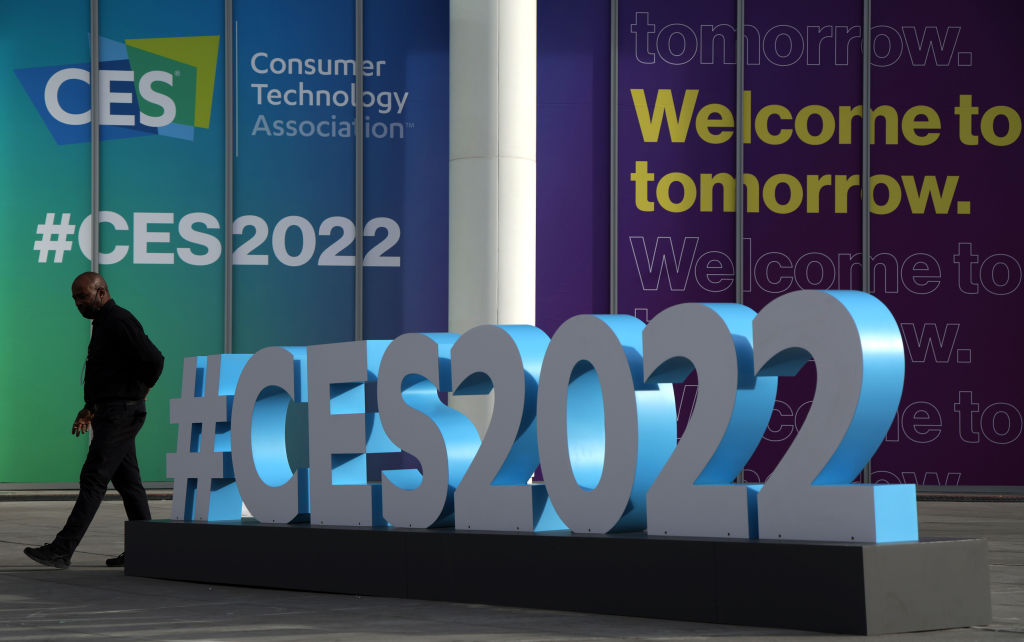Nearly every day brings new revelations about how generative AI is transforming businesses. Already valued at $67 billion, the generative AI market is growing at an astonishing pace, projected to be worth $1.3 trillion by 2032.
The Salesforce State of IT Report revealed that 86% of IT leaders believe generative AI will soon play a prominent role in their organizations. More than half call it a “game changer.” JP Morgan said it has the potential to become “a general-purpose technology” to transform the global economy in the way the steam engine and computer did.
These are powerful words and they are having ripple effects across different sectors. Open AI, Anthropic, Google, and Microsoft already have robust offerings. Apple is now committing $1 billion per year to try to catch up with headlines shouting that they were caught by surprise by the generative AI boom.
CIOs cannot afford to be caught by surprise. They need to develop an enterprise strategy for integration and implementation to maximize this potential and minimize risks.
Challenges of Generative AI for CIOs
Developing a generative AI strategy is not without challenges and risks. Technology is still evolving and there’s a lack of understanding in organizations about how generative AI can be leveraged. There are challenges integrating with existing systems, processes, and procedures that need to be updated, and data privacy and security concerns.
There are also technical complexities in adopting generative AI for business functions, including effective training of models and managing large and diverse datasets.
Benefits and Impact of Generative AI
Organizations adopting generative AI solutions are seeing quantified outcomes. A Dell Technology survey of IT leaders reported those implementing generative AI see productivity gain exceeding 25% on average.
GenAI has the potential to enhance business processes and automate many of the manual tasks that require manual labor or knowledge. Besides streamlining processes, it can accelerate product development and time-to-market while creating new business opportunities. First-movers are anticipating significant competitive advantages in the marketplace.
Tools, Techniques, and Strategies for Generative AI
Several key tools and techniques can be leveraged for generative AI. One of the most popular is Generative Adversarial Networks (GANs). GANs are a machine learning framework that puts two neural networks in competition against each other to generate new, synthetic data to expand datasets and constantly improve performance. GANs are being used for creative applications such as content, images, and videos.
Another technique is reinforcement learning. AI is trained by positive reinforcement and rewards. AI learns using a trial-and-error method, gaining rewards for successful completion of tasks. This has proven an effective technique for mastering game playing, robotics, and simulations. NVIDIA used this technique to develop a new AI agent to teach complex skills to robots and automatically generate rewards and rewrite algorithms.
Text-to-image apps like DALL-E or Midjourney use convoluted neural networks (CNNs) to generate images, using grid-like data for spatial representations.
Implementing an Enterprise Strategy for Generative AI
Building an enterprise strategy for generative AI starts with an assessment of current AI capabilities and gaps as a baseline. While many companies are using generative AI tools in some form, most are siloed at the department, division, or employee level. Few are adopting organization-wide AI solutions, yet the greatest potential is company-wide.
Aligning With Business Objectives
It’s important to identify specific goals and ensure they align with overarching business objectives that can drive value. Adopting generative AI likely requires significant change and expense, so CIOs need to make sure there are significant improvements to business outcomes. Based on objectives and outcomes, CIOs need to find the appropriate tools that can deliver on these goals.
Defining Use Cases and Tools
Settling on a specific use case and identifying problems to be solved can help determine the specific applications and technology required. For example, media companies may opt for GANs for content generation while an eCommerce company may choose reinforcement learning to power dynamic pricing models.
Producing a Proof of Concept
Most companies are adopting a proof-of-concept methodology with small-scale tests to prove value and minimize risks. Prototyping and developing minimal viable products (MVPS) can validate solutions and avoid costly mistakes. McKinsey research shows that as many as 70% of digital initiatives fail to meet their goals, so ensuring success before widespread adoption is smart.
Creating Guardrails and Governance
Generative AI is evolving and still suffers from what’s being called hallucinations — incorrect outputs presented as fact. Organizations need to establish guardrails and governance policies for data inputs and outputs.
Planning for the Human Element
An enterprise generative AI plan also needs to factor in the human component. Change can be difficult for many employees, especially those worried about AI replacing their jobs. Nearly a quarter of workers in a 2023 Gallup poll fear being replaced. Goldman Sachs projects that 300 million full-time jobs globally will be impacted by AI.
Don’t underestimate the need for transparent communication and a solid plan for change management. At rollout, there will also need to be training and reskilling for workforces, with monitoring of adoption and feedback.
Optimizing and Maintaining
As generative AI models gather more data and interact with users, they continue to evolve. This doesn’t always lead to the desired outcomes. Large language models like ChatGPT have shown tendencies to become worse at some functions, such as mathematical equations, over time. Enterprises will need vigilance to ensure continued improvement and performance.
Trends & Predictions
Earlier versions of automation technology focused more on physical work activity. Robotic process automation (RPA) helped streamline tasks using rules. Generative AI is impacting knowledge work, analyzing data and making decisions. As such, developers are focusing on ethics and Responsible AI practices to ensure AI is used in ethical and legal ways.
Expect increased adoption across various industries and greater use of AI tools in general. CIOs need to continually define use cases and look for ways to implement generative AI solutions. This requires upgrading enterprise technology architecture and infrastructure to accommodate high-performance computing at scale and integrating with existing tech stacks.
AI engineering is one of the most in-demand jobs on the planet right now, so finding, training, and upskilling to create an experienced workforce needs to be top of mind for CIOs as well.
Case Studies
Here are just a few case studies that demonstrate the power of integrated generative AI.
Generative AI is helping researchers at Amgen to design proteins for drug formulations, finding new combinations that are not found in nature. Formulations are also tested earlier in the process, more quickly identifying potential responses to treatment protocols.
Priceline is deploying generative AI chatbots to provide a more personalized and faster customer experience when booking travel. Wendy’s is testing AI automation for drive-through ordering. Newegg, eBay, and Stitch Fix are using generative AI to craft social media posts, email subject lines, summarize customer reviews, and write product descriptions. Nestle and Oreos are using AI in advertising campaigns.
The list goes on and on.
The Time to Act Is Now
Generative AI has enormous potential to transform industries. There will be winners and losers in the race to adopt this technology. CIOs need to take proactive steps to position their company properly to leverage the power of AI while mitigating risks.
The future is AI-driven, and the time to act is now.
Frequently Asked Questions
What are the primary benefits of Generative AI?
Enhanced automation, creative applications, improved business processes, and competitive advantage.
How does Generative AI address common challenges in the Telecom/Technology sector?
By automating repetitive tasks, generating high-quality data, and offering innovative solutions.
Are there cost implications for implementing Generative AI?
While there’s an initial investment, the long-term ROI in terms of efficiency and innovation is significant.
How does Generative AI integrate with existing systems?
Through APIs, cloud platforms, and custom integrations tailored to the organization’s needs.
What are the future trends related to Generative AI?
Ethical AI, integration with other technologies, and widespread adoption across industries.
With our unparalleled expertise, commitment to customer service, and deep community ties, we’re here to guide CIOs, CTOs, and IT leaders every step of the way in their business technology journey. Let’s innovate together and shape the future of business. Connect with us today!
Learn more



